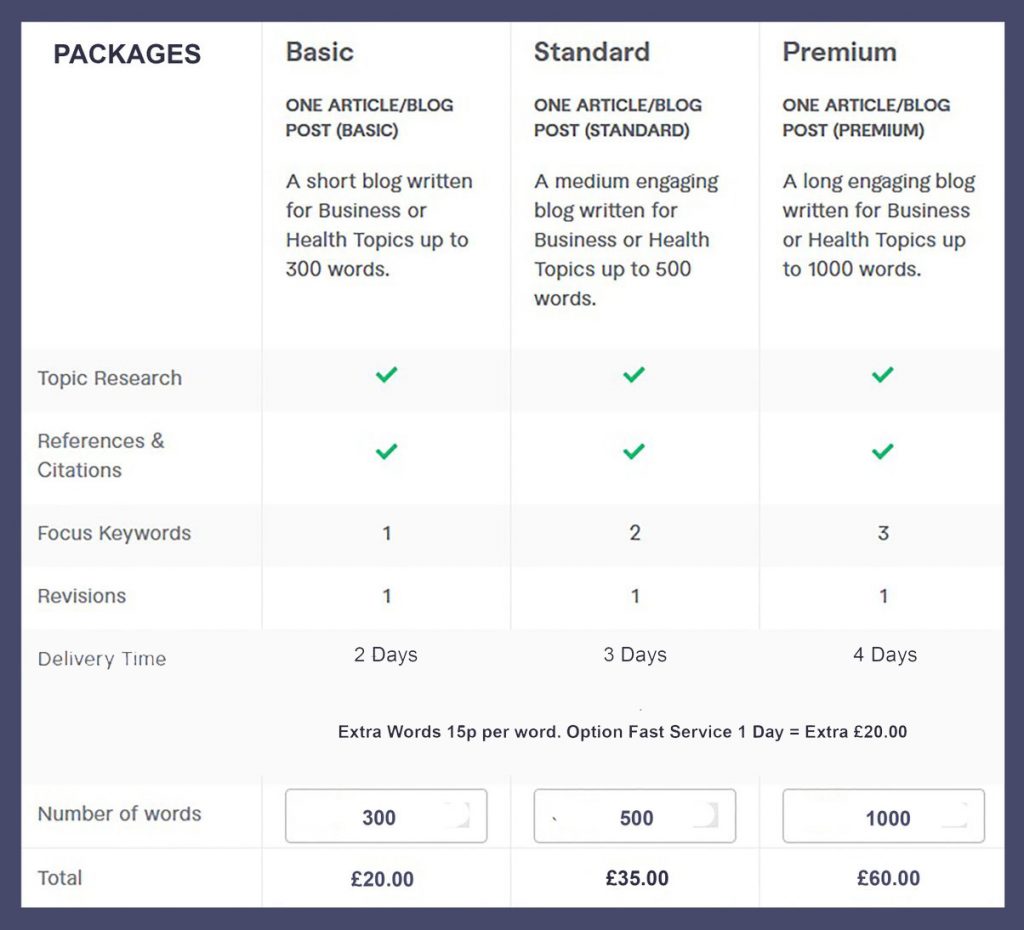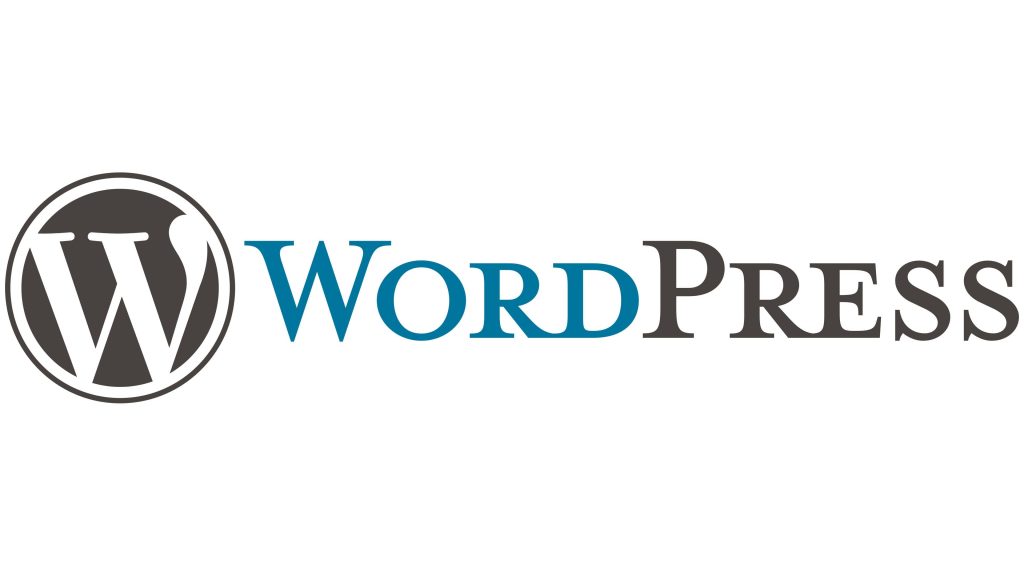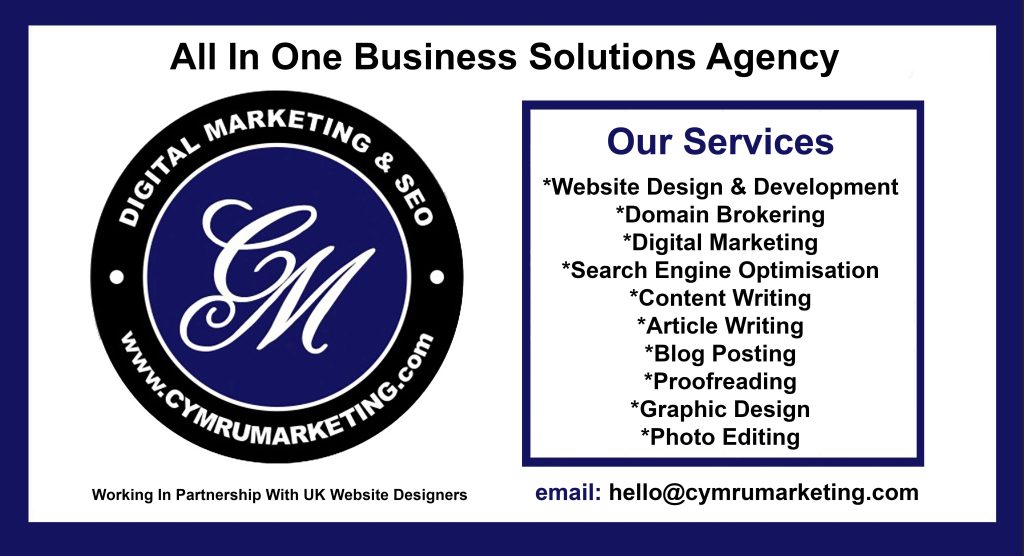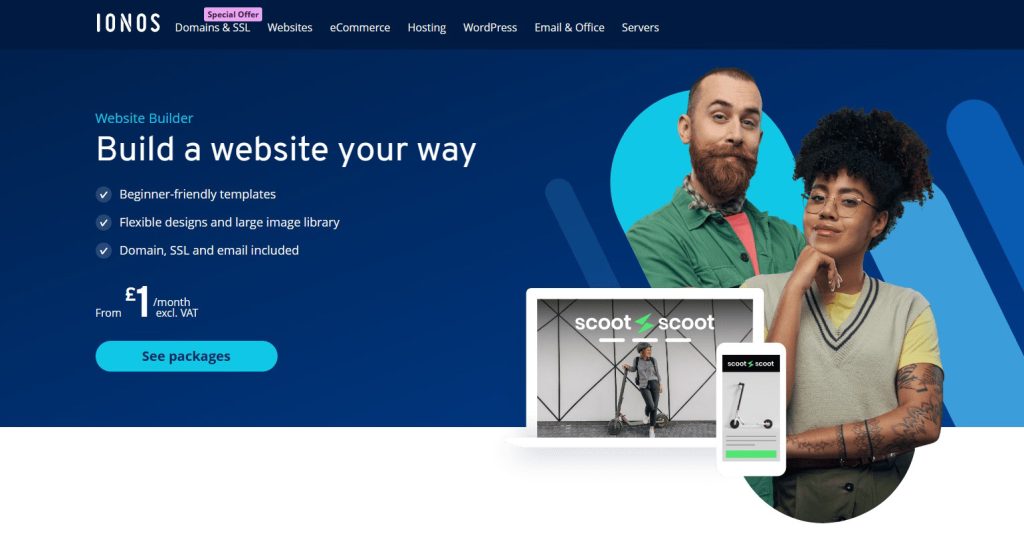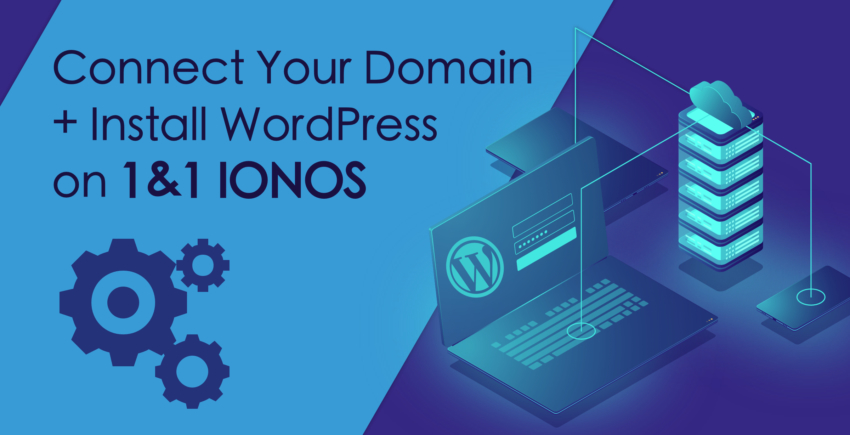The Brave Voice of Alexei Navalny: A Champion for Democracy and Justice
Few figures have captured the attention of both domestic and international audiences quite like Alexei Navalny. As a prominent opposition leader, anti-corruption activist, and vocal critic of the Kremlin, Navalny’s unwavering commitment to democracy and justice has made him a symbol of defiance against authoritarianism.
Navalny was born on June 4, 1976, in Butyn, a town near Moscow. He initially pursued a career in law, earning a degree from the Russian State Law Academy in 1998. His foray into activism began during his time as a lawyer, where he witnessed firsthand the rampant corruption plaguing Russia’s political and economic systems.
His activism gained widespread attention through his blog, where he exposed corruption among Russia’s elite with meticulously researched investigations. Navalny’s fearlessness in confronting the powerful garnered him a large following, and he soon became a prominent figure in Russia’s opposition movement.
Navalny’s campaigns primarily focused on combating corruption within the Russian government and holding those in power accountable for their actions. His efforts included publishing exposés on high-ranking officials, organizing mass protests, and utilizing social media to mobilize support.
One of Navalny’s most significant campaigns was his run for the Moscow mayoralty in 2013. Despite facing numerous obstacles, including limited media coverage and harassment from authorities, Navalny ran a spirited campaign, advocating for transparency, accountability, and the rule of law. While he ultimately lost the election, his strong showing demonstrated widespread discontent with the status quo and solidified his status as a leading voice of opposition.
Navalny’s activism frequently brought him into direct conflict with the Russian government, resulting in numerous arrests, legal troubles, and even physical attacks. Despite facing constant harassment and intimidation, Navalny remained steadfast in his commitment to fighting for a more democratic and just Russia.
In August 2020, Navalny’s life took a dramatic turn when he was poisoned with a nerve agent while traveling in Siberia. The poisoning, which Navalny and many Western governments attributed to the Russian state, nearly claimed his life and sparked international condemnation. Despite the grave danger to his personal safety, Navalny made a remarkable recovery and returned to Russia in January 2021, where he was promptly arrested upon arrival.
Navalny’s arrest and subsequent imprisonment sparked widespread protests across Russia, with thousands taking to the streets to demand his release and denounce government corruption. The Russian authorities’ harsh crackdown on these protests only served to further galvanize support for Navalny and his cause.
Tragically, Navalny’s activism came to an abrupt and unjust end on February 16, 2024, after he was sentenced to a lengthy prison term on trumped-up charges of embezzlement, corruption & extremism. He was serving a 19-year prison sentence in a corrective colony called FKU IK-3 Polar Wolf Prison located in the village of Kharp in the Russian Arctic. Navalny’s legacy as a fearless advocate for democracy and justice will endure, inspiring future generations to continue the fight for a free and democratic Russia.
In the wake of Navalny’s imprisonment, the international community must continue to pressure the Russian government to respect human rights, uphold the rule of law, and release all political prisoners. While Navalny may no longer be able to lead the charge, his spirit lives on in the hearts of all those who continue to fight for a brighter future for Russia.
It is alleged that Russia’s intelligence service visited the site two days before Mr. Navalny’s death. FSB officers disconnected and dismantled security cameras and listening devices, according to a report citing a branch of the Federal Penitentiary Service. Russia claims Alexei Navalny died of ‘sudden death syndrome’ as mother searches for body (msn.com)
Unveiling the Shadowy Veil: Corruption Within the Russian Government
Corruption within the Russian government has long been a deeply ingrained and pervasive issue, permeating various levels of authority and influencing nearly every aspect of public life. From opaque procurement processes to illicit dealings among the political elite, the prevalence of corruption poses a significant challenge to the country’s economic development, democratic institutions, and overall societal well-being.
At the heart of Russia’s corruption problem lies a complex web of patronage networks, crony capitalism, and a lack of transparency and accountability. These factors have allowed corrupt officials and business interests to exploit their positions of power for personal gain, often at the expense of the Russian people and the country’s economic stability.
One of the most notorious manifestations of corruption in Russia is the phenomenon known as “administrative resource,” whereby government officials misuse their authority to manipulate elections, stifle dissent, and maintain their grip on power. This abuse of power has resulted in a political landscape where genuine opposition is marginalized, and free and fair elections are a rare occurrence.
Another glaring example of corruption within the Russian government is the widespread embezzlement of public funds, often facilitated through opaque procurement processes and state-owned enterprises. The lack of transparency in government spending not only undermines the efficient allocation of resources but also deprives the Russian people of essential services and infrastructure development.
Corruption within law enforcement and the judiciary further compounds the problem, as it erodes public trust in the rule of law and undermines efforts to combat organized crime and ensure justice for all citizens. Instances of bribery, extortion, and judicial misconduct are all too common, leading to a culture of impunity where the powerful can evade accountability for their actions.
The intertwining of political power and business interests in Russia has also fueled a culture of crony capitalism, where well-connected oligarchs and insiders receive preferential treatment and access to lucrative government contracts and resources. This cozy relationship between the state and the business elite not only stifles competition and innovation but also perpetuates inequality and hampers economic growth.
Efforts to combat corruption within the Russian government have been hampered by a lack of political will, weak institutional capacity, and entrenched vested interests. While anti-corruption laws and agencies exist, they are often used as tools of political repression rather than genuine mechanisms for accountability and transparency.
Furthermore, journalists, activists, and whistleblowers who dare to speak out against corruption risk harassment, intimidation, and even physical harm. The tragic poisoning of prominent opposition leader Alexei Navalny serves as a stark reminder of the dangers faced by those who dare to challenge the status quo in Russia.
Addressing corruption within the Russian government requires a multi-faceted approach that includes strengthening democratic institutions, enhancing transparency and accountability, and fostering a culture of integrity and ethical leadership. It also requires genuine political commitment from the Russian authorities to root out corruption at all levels of government and hold accountable those who abuse their power for personal gain.
Ultimately, the fight against corruption in Russia is not just a matter of law enforcement or institutional reform but a fundamental struggle for the soul of the nation. Only by tackling corruption head-on and upholding the principles of justice, transparency, and accountability can Russia hope to fulfill its potential as a prosperous and democratic society.
Ksenia Maximova: Continuing Navalny’s Legacy Amidst Concerns for Safety in Confronting “Mad Vlad’s” Regime
In the wake of Alexei Navalny’s death, a new torchbearer of the Russian opposition has emerged: Ksenia Maximova. As a fervent advocate for democracy and justice, Maximova seeks to uphold Navalny’s legacy while navigating the perilous landscape of Russian politics, where speaking out against the regime of “Mad Vlad” Putin comes with significant risks.
Born and raised in Moscow, Maximova developed a keen awareness of the injustices plaguing Russian society from an early age. Inspired by Navalny’s fearless activism and tireless dedication to combating corruption, Maximova embarked on her own journey as a vocal critic of the Kremlin’s authoritarian rule.
Maximova’s advocacy focuses on a range of issues, including human rights, press freedom, and government accountability. Through social media platforms and grassroots organizing efforts, she amplifies the voices of ordinary Russians who yearn for a more transparent and democratic political system.
However, Maximova’s courageous stance against the Putin regime comes with grave concerns for her personal safety. In a country where dissent is often met with repression and violence, speaking out against the authorities can have dire consequences. Russian activist: ‘I had to brief my kids what nerve agent poisoning looks like’ | News UK Video News | Sky News
Maximova has faced intimidation, harassment, and even threats of physical harm for her outspoken criticism of the government. Despite these dangers, she refuses to be silenced, determined to shine a light on the rampant corruption and abuses of power that have become endemic under Putin’s rule.
The legacy of Alexei Navalny looms large in Maximova’s activism, serving as both an inspiration and a cautionary tale. Navalny’s courageous stand against corruption earned him widespread admiration but ultimately led to his imprisonment on politically motivated charges.
Maximova is acutely aware of the risks associated with challenging the Putin regime, yet she remains undeterred in her commitment to fighting for a more just and democratic Russia. Like Navalny before her, she understands the importance of solidarity and collective action in the face of tyranny.
As Maximova continues to speak truth to power, she calls upon the international community to stand in solidarity with the Russian people in their struggle for freedom and democracy. She urges world leaders to hold the Putin regime accountable for its human rights abuses and to support efforts to promote democracy and the rule of law in Russia.
Despite the dangers that lie ahead, Maximova remains resolute in her belief that change is possible, as long as courageous individuals continue to raise their voices and demand accountability from those in power. In honoring Navalny’s legacy, she pledges to carry forward the torch of opposition, no matter the cost.
Diana Magnay’s Eyewitness Account: Shedding Light on Russia’s Political Landscape
Few experiences are as powerful and insightful as witnessing events firsthand. Diana Magnay, an experienced correspondent known for her insightful reporting, recently offered a compelling eyewitness account that shed light on the intricate political landscape of Russia. Sky’s Diana Magnay’s eyewitness account: Russians defy authorities to pay tribute to Alexei Navalny | World News | Sky News
In her dispatch from Moscow, Magnay provided a nuanced portrayal of the complexities facing Russia, particularly against the backdrop of heightened tensions and political turmoil. With her keen journalistic eye and astute analysis, Magnay delved into the intricacies of Russian society, offering viewers a glimpse into the challenges and contradictions that define the nation’s political landscape.
Magnay’s reportage captured the palpable sense of unease and uncertainty gripping Russia, as the government’s crackdown on dissent and opposition voices intensifies. Through her interviews and observations, she highlighted the plight of activists, journalists, and ordinary citizens who find themselves caught in the crosshairs of the Kremlin’s authoritarian regime.
One of the most poignant moments in Magnay’s account was her interaction with a group of young protesters, who bravely defied the authorities to voice their grievances and demand change. Their courage and determination served as a powerful reminder of the resilience of the human spirit, even in the face of repression and adversity.
Magnay also provided valuable insights into the tactics employed by the Russian government to stifle dissent and maintain its grip on power. From media censorship to the use of state-sponsored propaganda, she underscored the challenges facing independent journalism in Russia and the importance of a free and robust press in holding those in power accountable.
However, amidst the darkness and uncertainty, Magnay also found glimmers of hope and resilience. She highlighted the efforts of civil society organizations and grassroots activists who are working tirelessly to promote democracy, human rights, and the rule of law in Russia.
Through her eyewitness account, Diana Magnay offered viewers a compelling glimpse into the complex and evolving political landscape of Russia. Her reporting served as a powerful reminder of the importance of independent journalism in shining a light on the truth and holding those in power accountable, even in the face of daunting challenges and risks. As Russia continues to grapple with its political future, Magnay’s insights will undoubtedly remain invaluable in helping audiences around the world understand the forces at play in this critical geopolitical arena.
Conclusion
In the tragic aftermath of Alexei Navalny’s demise, a solemn determination emerges among those who have long yearned for justice and democracy in Russia. As Navalny’s light is extinguished by the oppressive forces of the Putin regime, others rise from the shadows, emboldened by his unwavering courage and commitment to upholding the principles of accountability and transparency. Navalny’s death serves as a stark reminder of the grave dangers faced by those who dare to challenge Putin’s authoritarian rule. His fate at the hands of the regime serves as a chilling warning to all who oppose Putin’s grip on power, highlighting the lengths to which the Kremlin will go to silence dissent and maintain its stranglehold on Russian society.
Yet, even in the face of such repression, a new generation of activists and opposition figures emerges to carry forward Navalny’s mantle of resistance. They understand the risks involved, yet they refuse to be cowed into submission by fear and intimidation. These brave individuals come from all walks of life – journalists, lawyers, activists, and ordinary citizens – united by a common desire to see a Russia free from corruption, oppression, and tyranny. They recognize that the struggle for justice and democracy is far from over and that the fight against the Putin regime will require unwavering determination and solidarity.
While Putin has maintained his grip on power for decades through a combination of manipulation, coercion, and violence, his reign of terror has only served to fuel the flames of opposition. As the world watches in horror at the atrocities committed by the Kremlin, calls for accountability and justice grow louder both within Russia and on the international stage. The legacy of Alexei Navalny serves as a rallying cry for all those who refuse to accept the status quo of oppression and injustice. His courage and sacrifice inspired a new wave of activism and resistance, breathing new life into the struggle for a free and democratic Russia. As Putin continues to tighten his grip on power, the voices of dissent grow stronger, fueled by the memory of those who have fallen in the fight for freedom. The struggle against the Putin regime may be long and arduous, but as history has shown time and again, no dictatorship can withstand the relentless tide of people’s power forever.
In the face of adversity, hope remains alive in the hearts of those who refuse to surrender to tyranny. They know that as long as brave souls are willing to stand up and speak out against injustice, the flame of freedom will never be extinguished. And so, they march forward, undeterred by the threats and dangers that lie ahead, knowing that their cause is just and their resolve unbreakable.
Further Reading
#alexeinavalny #russia #kremlin #madvlad #putin #corruption #activists #influencers #legacy #freedom #democracy #power #resistance #oppression #injustice





